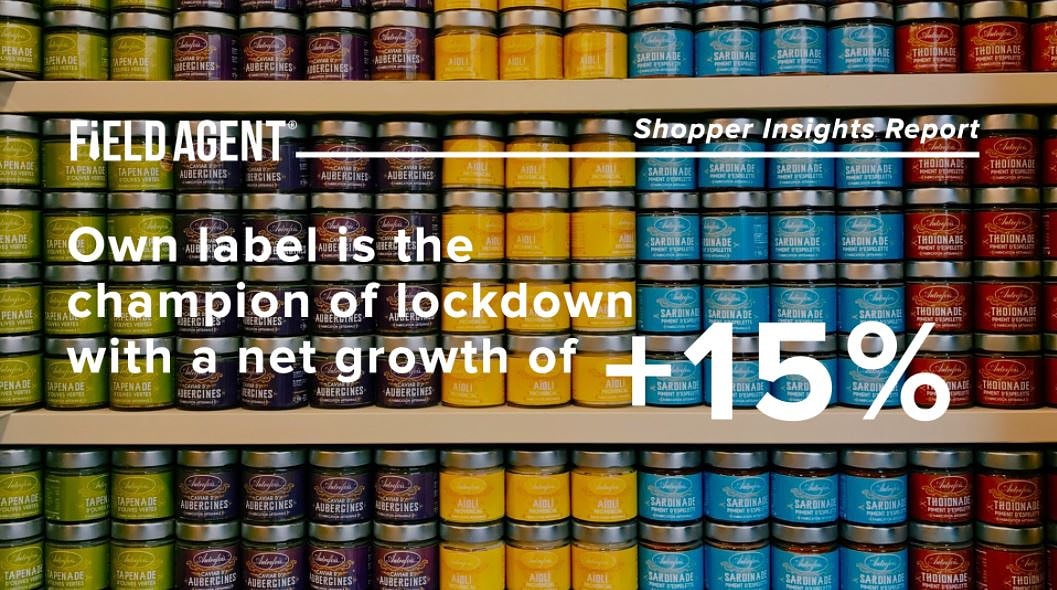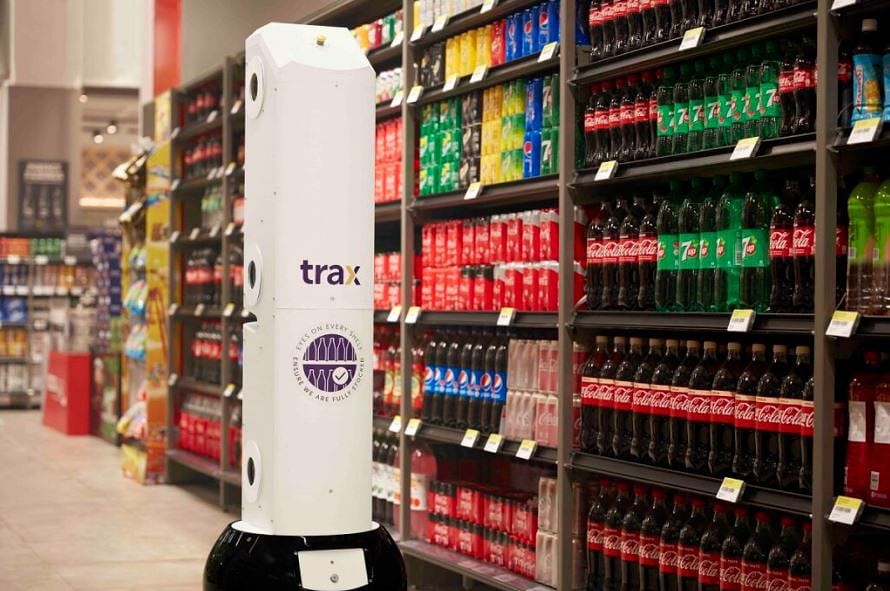Technology has hurt traditional retailing, no question about it. Online shopping has transformed consumer behaviour and a growing switch away from physical trips to stores has been accelerated by pandemic lockdowns and social distancing regulations. Yet technology is also providing a number of ways for retailers and product brand owners to use crowdsourcing to improve their offerings and thus the appeal of “going to the shops.” The same technology also enables platforms that make it easier for people to help less-advantaged others who don’t find it as straightforward to do their shopping. This article looks at the ways crowdsourcing helps retail store owners, product brand owners, and retail consumers to create better retail experiences in physical stores.
Crowdsourcing by retailers
Retailers have long known and understood the benefits of asking customers to rate their performance levels against criteria of store cleanliness, an easy to navigate layout, helpful staff, and well-stocked shelves and cabinets. Some of this is factual information, some of it is personal opinion, though it is all based on what the stores are like today.
Looking forward, retailers used to rely on focus groups, consisting usually of six to eight customers in a meeting room guided through a series of questions or statements by a professional moderator. Rather than generate innovative suggestions, they tend to be used more to test reactions to decisions the company has already made. Individuals might hesitate to share their views before they can gauge how the others might judge them. A good moderator will be aware of this and try to steer conversations accordingly, though it remains an issue, like groups being dominated by people with the loudest voices.
Crowdsourcing customer comments and insights online removes these restricting factors because people comment individually, in a location of their choice, and sample sizes can be much larger. Crowdsourcing is much better at opening up a challenging scenario and asking for potential solutions. The people contributing through crowdsourcing are unlikely to be retail experts, though they do tend to be well-educated and may well be experts in other fields. Even at TaskRabbit, where you can crowdsource someone to do your household chores or shopping, 70% hold bachelor’s degrees, 20% hold master’s degrees, and 5% hold a PhD. Non-retail experts have freedom to question basic concepts that retail professionals wouldn’t dare to.
Platforms including Swagbucks can conduct simple data collections that are more like a traditional survey on what customers think of a current store offering. For crowdsourcing projects where retailers are searching for innovative solutions to challenging issues, they have to be ready to sift through the suggestions put forward, they are not going to receive solutions that can be immediately implemented. Examples include a search in Canada for a solution to help reduce thefts and robberies in liquor stores. Or a retailer may wish to search for innovative ideas among its staff, such as when the UK supermarket Waitrose generated 4,000 ideas from its employees. 13% of the ideas were implemented and the company’s customer satisfaction scores improved.
Crowdsourcing to check product field marketing
The final distance when goods are closest to consumers, literally within arms’ reach of each customer, is when they are furthest from the suppliers, the brand owners. Retailers can provide their suppliers with sales data, though suppliers also want to know their products were on the right shelves, were kept stocked up without any periods of empty shelf space, and that any point-of-sale material was visible. The solution? Brand owners can crowdsource all the information they require through using platforms with access to crowds of shoppers. Crowds of shoppers can cover many stores, answer questions and take photographs. Providing answers and images via an app speeds up the process, and GPS tracking can match them to the right store without them having to provide any details. This also speeds up the process and improves accuracy of reporting.
This is a very competitive and remunerative arena, because the product suppliers have so much at stake. Here are four key players.
Trax Retail has identified that packaged goods companies lose 4% of sales, on average, to poor in-store execution and less than full compliance. Since it was founded and incorporated in Singapore in 2010, Trax Retail has built a client list that includes over 250 package goods producers and retailers in more than 90 countries, and services 30 of the top 50 global CPG companies (consumer packaged goods) with brand owners including Coca-Cola, Nestle, Unilever, P&G and Heineken. In April 2021 it raised $640 million to execute ambitious growth plans for the benefit of all stakeholders in the retail ecosystem. They will develop more advanced technological solutions, and geographically spread to new markets. In addition to checks by crowdsourced shoppers, robotic scanners regularly check full product range shelf displays and stock levels.
Roamler is a Dutch IT company which specializes in managing crowdsourced solutions to carry out widespread and repeatable tasks across Europe, including checking shelves and displays in shops through its RoamlerRetail division. It provides brand owners with an on-demand field force that checks if their products are on-shelf and displayed in a manner consistent with their distribution deals with retailers. Client KPIs are briefed to a selected crowd of ‘Roamlers’ in a way that makes each task easy to understand and complete. A community management layer is also put in place to handle any operational matters that arise. A sample of the many recorded images are checked as a matter of quality control, and report findings are checked by expert panels before being submitted to clients.
BeMyEye is a UK company operating globally in this sector, providing crowds of on-demand field agents to top clients that include Nestle, Samsung or L’Oréal. They call their tasks Missions, which their crowd of agents find listed or displayed on a map on their BeMyEye app. Some missions involve just recording images of specific brands in store, others involve scanning whole product areas using a feature in the app, and the more experienced agents can select missions that involve questioning shop staff. Over three million people have downloaded their app, though this does not mean they are all currently active.
Another UK operator in this sector is Field Agent, which has access to two million shoppers in seven countries (with 95,000 in the UK itself). They have worked with over 800 clients, designing task briefs and managing a crowd of store checkers to complete them using the Field Agent app. The agents download tasks from the app and have a two hour window in which to complete each one. They may record images, video footage, even answers to questions. Human analysts then have access to check any piece of information that is collected. Agents can retrieve their due payments for tasks on a weekly basis.
Field Agent also produces generic reports on trends and developments in the retail sector.

Field Agent publishes Shopper Insight Reports as well crowdsources shoppers to check product availability in-store
How crowdsourcing helps shoppers with difficulties
January 2021 marked the sixth anniversary of the launch of Be My Eyes, not to be confused with BeMyEye. It is a network of 4.7m people who have registered to help 310,000 visually-impaired people through live video calls. They are often asked about the suitability or colour of a particular item of clothing, or cosmetics. It also enables the visually impaired to source help to check the correct items have been delivered after doing some online shopping.
Swedish flat-pack furniture retailer IKEA experimented with providing an on-demand service for customers who wanted help to assemble their purchases. They forged a partnership with the TaskRabbit platform, where people can find local helpers willing to complete simple chores for payment. The IKEA customers who used the service liked it so much that IKEA bought TaskRabbit, and launched a furniture assembly service in March 2018.
And finally, the AgeUK charity for the elderly puts people with shopping needs in touch with local volunteers. There is no app yet, it is all still done by phone and email. Could that be because there is a lower ownership of smartphones among the elderly people most likely to use the service? Or simply that the charity hasn’t got the funding available to develop an app? If that’s the case, perhaps they should try crowdfunding!






0 Comments